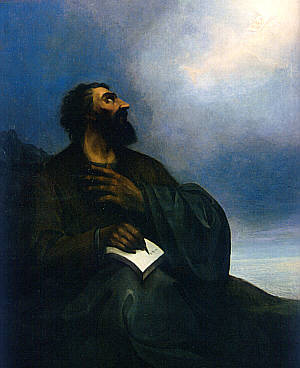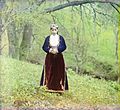Armenians facts for kids
The Armenians are a group of people who come from the Caucasus region. Their home country is Armenia. Armenian culture is very old and has a rich history.
Armenia was the first country in the world to officially become Christian. This happened when King Tiridates III adopted Christianity, guided by Saint Gregory the Illuminator. Because of this, most Armenians today are Christians.
Contents
History of the Armenian People
The Armenian people have a very long history. Ancient texts mention them even thousands of years ago.
Early Mentions
One of the earliest mentions of Armenians is from around 2300 BC. A text from the Akkadian Empire talks about a land called Armani. Many believe this refers to the ancestors of today's Armenians. Even today, some people, like the Assyrians, still call Armenians Armani.
Later, around 1446 BC, an Egyptian pharaoh named Thutmose III wrote about a people called Ermenen. He said their land was so high that "heaven rests upon its four pillars." This likely referred to the Armenian Highlands. Today, some Kurds and Turks still call Armenians Ermeni.
Where the Name "Armenian" Comes From
The name "Armenian" that is used around the world comes from common Armenian names like Arman and Armen.
However, Armenians call themselves Hay (pronounced Hye). This name is traditionally linked to a legendary hero named Haik. He is believed to be the founder of the Armenian nation.
Some experts also think that the name Hay comes from "Haya," a regional god of the Armenian Highlands. This idea is based on ancient Akkadian writings from the 28th and 27th centuries BC.
Related pages
- List of Armenian scientists
Images for kids
-
Hayk, the legendary founder of the Armenian nation. Painting by Mkrtum Hovnatanian (1779–1846)
-
The Kingdom of Armenia at its greatest extent under Tigranes the Great (95–55 BCE)
-
The Cathedral of Ani, completed in 1001
-
An Armenian woman from Artvin in national costume, photographed by Sergey Prokudin-Gorsky between 1909 and 1912.
-
Church service, Yerevan.
-
The Etchmiadzin Cathedral, the mother church of the Armenian Apostolic Church, was established in 301 AD.
-
The famous Khachkar at Goshavank, carved in 1291 by the artist Poghos.
-
Armenian girls, weaving carpets in Van, 1907, Ottoman Empire
-
Khorovats is a favorite Armenian dish
See also
 In Spanish: Armenios para niños
In Spanish: Armenios para niños

















